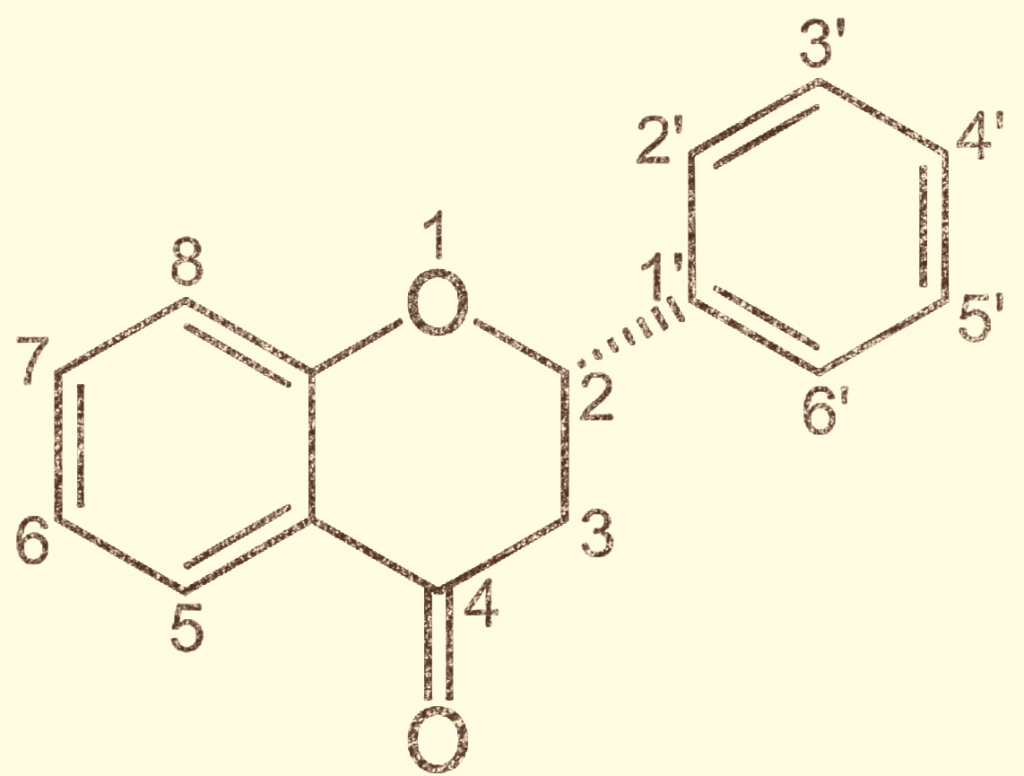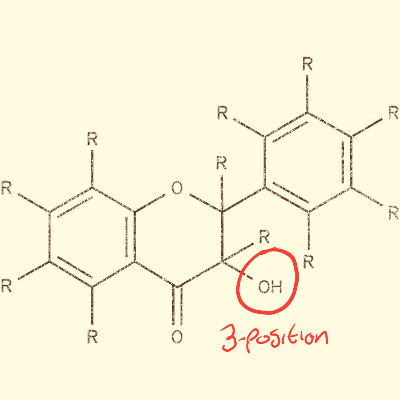 Polyphenols are a large group of heterogeneous compounds comprising of multiple phenolic rings. The structure of polyphenols is interesting as their molecular arrangement allows them to be effective antioxidants. Polyphenols can donate hydrogen atoms from their hydroxyl groups to free radicals, thus quenching free radical chain reactions in cells. The polyphenolic structure then allows the polyphenol to dissipate the charge on the unpaired electrons around the phenolic rings of the polyphenol. In this way, the polyphenol does not become a damaging free radical itself. Higher consumption of dietary polyphenols have been shown to be associated with protection from certain diseases, including obesity, cardiovascular disease and type 2 diabetes. It is unclear whether polyphenol intake is the cause of the reduced risk of these disease or if some other factor is the causative agent. However, these disease have aetiologies involving free radical generation and so it is plausible that the antioxidant activity of polyphenols confers protection.
Polyphenols are a large group of heterogeneous compounds comprising of multiple phenolic rings. The structure of polyphenols is interesting as their molecular arrangement allows them to be effective antioxidants. Polyphenols can donate hydrogen atoms from their hydroxyl groups to free radicals, thus quenching free radical chain reactions in cells. The polyphenolic structure then allows the polyphenol to dissipate the charge on the unpaired electrons around the phenolic rings of the polyphenol. In this way, the polyphenol does not become a damaging free radical itself. Higher consumption of dietary polyphenols have been shown to be associated with protection from certain diseases, including obesity, cardiovascular disease and type 2 diabetes. It is unclear whether polyphenol intake is the cause of the reduced risk of these disease or if some other factor is the causative agent. However, these disease have aetiologies involving free radical generation and so it is plausible that the antioxidant activity of polyphenols confers protection.

Flavanones (above) are a subgroup of flavonoids that consist of a flavan bearing an oxo substituent at position 4. Dietary examples of flavanones include naringenin and hesperidin in citrus fruits. Generally flavanones in foods are found as glycosides (bonded to a sugar) and in this respect most often have the sugar (usually glucose) bonded to the the 7 position of the polyphenol.

Dihydroflavonols are also called 3-hydroxyflavanones. This is because dihydroflavonols are any hydroxyflavanone with a hydroxyl (OH) group at the 3-position. Dihydroflavonols are not as common in the diet as other flavonoids. Milk thistle contains the dihydroflavonol taxofolin. Other plants contain dihydroflavonols in smaller amounts including onions. For example, the dihydroflavonol taxifolin and its 3-, 7-, and 4′-glucosides have been identified in onions. Pine bark (Pinus sylvestris) also contains dihydroflavonols including dimethylaromadendrin. Manniflavanone is another dihydroflavonol present in Garcinia buchananii bark.
Researchers have investigated the association between subclasses of dietary polyphenols and diabetes in order to understand the association between different polyphenols and particular disease. In this regard it has been shown that a high intake of total polyphenols, total flavonoids and total stilbenes are associated with a reduced risk of diabetes in elderly subjects with a high risk of cardiovascular disease. Of the flavonoids, flavanones (e.g. naringenin and hesperidin, found in citrus fruits) and dihydroflavonols (any hydroxyflavanone with a hydroxyl group in the 3 position e.g. taxifolin from milk thistle and manniflavanone from Garcinia buchananii bark) were strongly association with protection from diabetes. Those with the highest intake of total polyphenols had a 28 % reduction in the risk of diabetes compared to those with the lowest intake. The differences in the associations between different polyphenol subclasses and disease may reflect structural differences in the polyphenols or the properties of foods containing them.
Eat Well, Stay Healthy, Protect Yourself
RdB
